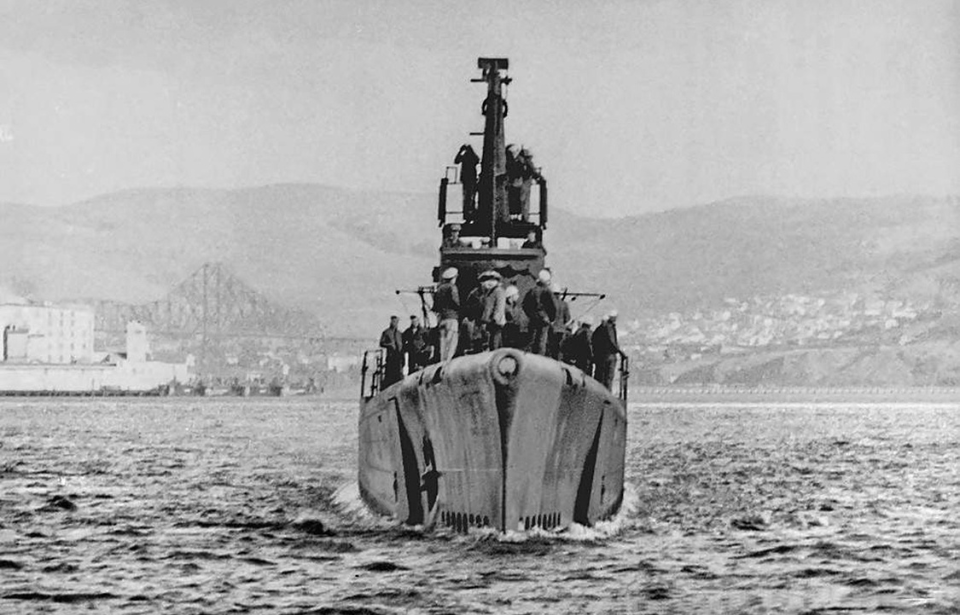The wreck of the long-lost submarine USS Albacore (SS-218) has officially been located off the coast of Hokkaido, Japan, with the Underwater Archaeology Branch of the Naval History and Heritage Command (NHHC) confirming the sunken vessel’s identity on February 16, 2023.

The fate of the USS Albacore had been shrouded in uncertainty since the Second World War. She was last heard from by the US military on October 28, 1944, when she stopped at Midway to refuel ahead of her 11th war patrol.
Military historians and the US Navy long assumed she struck a sea mine off the coast of northern Hokkaido on November 7, 1944, resulting in the loss of both the vessel and her 85-man crew. According to Japanese records, the submarine’s final moments were reportedly witnessed by the crew of a Japanese patrol boat, who witnessed an explosion occur beneath the water, followed by oil and a great deal of supplies rising to the surface.
Given this and a lack of contact since October 1944, Albacore was stricken from the Naval Vessel Register on March 30, 1945.

The USS Albacore‘s location was confirmed by Dr. Tamaki Ura of the University of Tokyo and his team. Using records from the Japan Center for Asian Historical Records (JACAR) and data collected by a remotely operated vehicle, they were able to confirm the vessel beneath the surface was the lost submarine.
Despite poor visibility and strong currents, Ura’s team identified the wreck by looking for the number of modifications that were made prior to her final patrol of the Pacific. This included a row of vent holes at the top of the superstructure, an SJ Radar dish and mast, and a lack of steel plating along the upper edge of the fairwater.
“As the final resting place for Sailors who gave their life in defense of our nation, we sincerely thank and congratulate Dr. Ura and his team for their efforts in locating the wreck of Albacore,” Naval Heritage and History Command Director and retired US Navy Rear Adm. Samuel J. Cox said in a statement. “It is through their hard work and continued collaboration that we could confirm Albacore‘s identity after being lost at sea for over 70 years.”

The USS Albacore was a Gato-class submarine that served in the Pacific Theater throughout the Second World War. During her two and a half years of service, she was credited with sinking 13 Japanese ships, of which 10 are confirmed, and damaging five others. Of her confirmed total, six of the vessels were enemy combatant ships, making her one of the most successful combat submarines of the entire conflict.
Albacore also holds the record for sinking the highest warship tonnage of any US submarine. Among the vessels she sank was the 31,000-ton aircraft carrier Taihō, the then-newest and largest carrier in the Imperial Japanese Navy’s fleet. The submarine torpedoed her during the Battle of the Philippine Sea.
Over the course of her service life, Albacore conducted 11 war patrols. She was the recipient of four Presidential Unit Citations and nine battle stars.

More from us: Ship That Took Part In Operation Overlord Could Be Yours for Just €40,000
Under United States law, what remains of the USS Albacore is protected under the jurisdiction of the Naval Heritage and History Command. While this prevents any unauthorized intrusive activities from taking place, as the wreck represents the final resting place of those who perished when it sank, remote sensing documentation is allowed.
